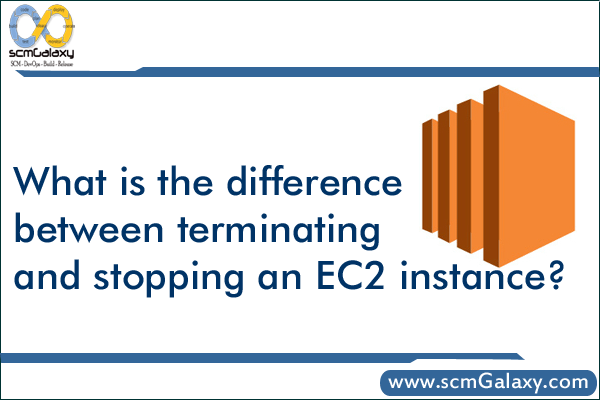What data is stored in ephemeral storage of an Amazon EC2 instance?
Anything that is not stored on an ebs volume that is mounted to the instance will be lost. For instance, if you mount your ebs volume at /mystuff, then anything not in /mystuff will be lost. If you don’t mount an ebs volume and save stuff on it, then I believe everything will be lost.
You can create an AMI from your current machine state, which will contain everything in your ephemeral storage. Then, when you launch a new instance based on that AMI it will contain everything as it is now.
Meaning of “Warning: Please note that any data on the ephemeral storage of your instance will be lost when it is stopped”
There is a difference between “stop” and “terminate”. If you “stop” an instance that is backed by EBS then the information on the root volume will still be in the same state when you “start” the machine again.
Basically, root volume (your entire virtual system disk) is ephemeral, but only if you choose to create AMI backed by Amazon EC2 instance store.
If you choose to create AMI backed by EBS then your root volume is backed by EBS and everything you have on your root volume will be saved between reboots.
If you are not sure what type of volume you have, look under EC2->Elastic Block Store->Volumes in your AWS console and if your AMI root volume is listed there then you are safe. Also, if you go to EC2->Instances and then look under column “Root Device” of your instance and if it says “ebs”, then you don’t have to worry about data on your root device.
